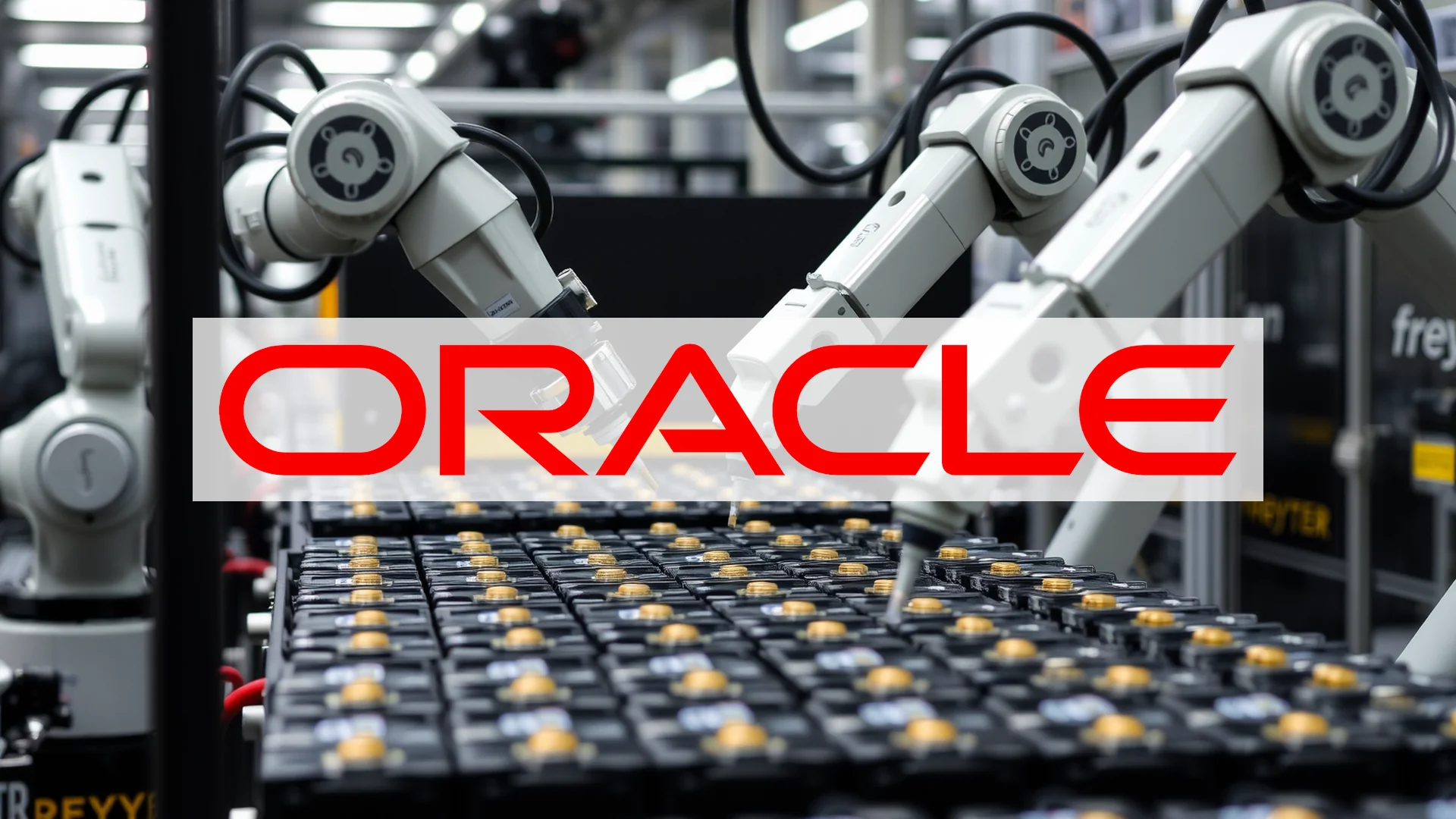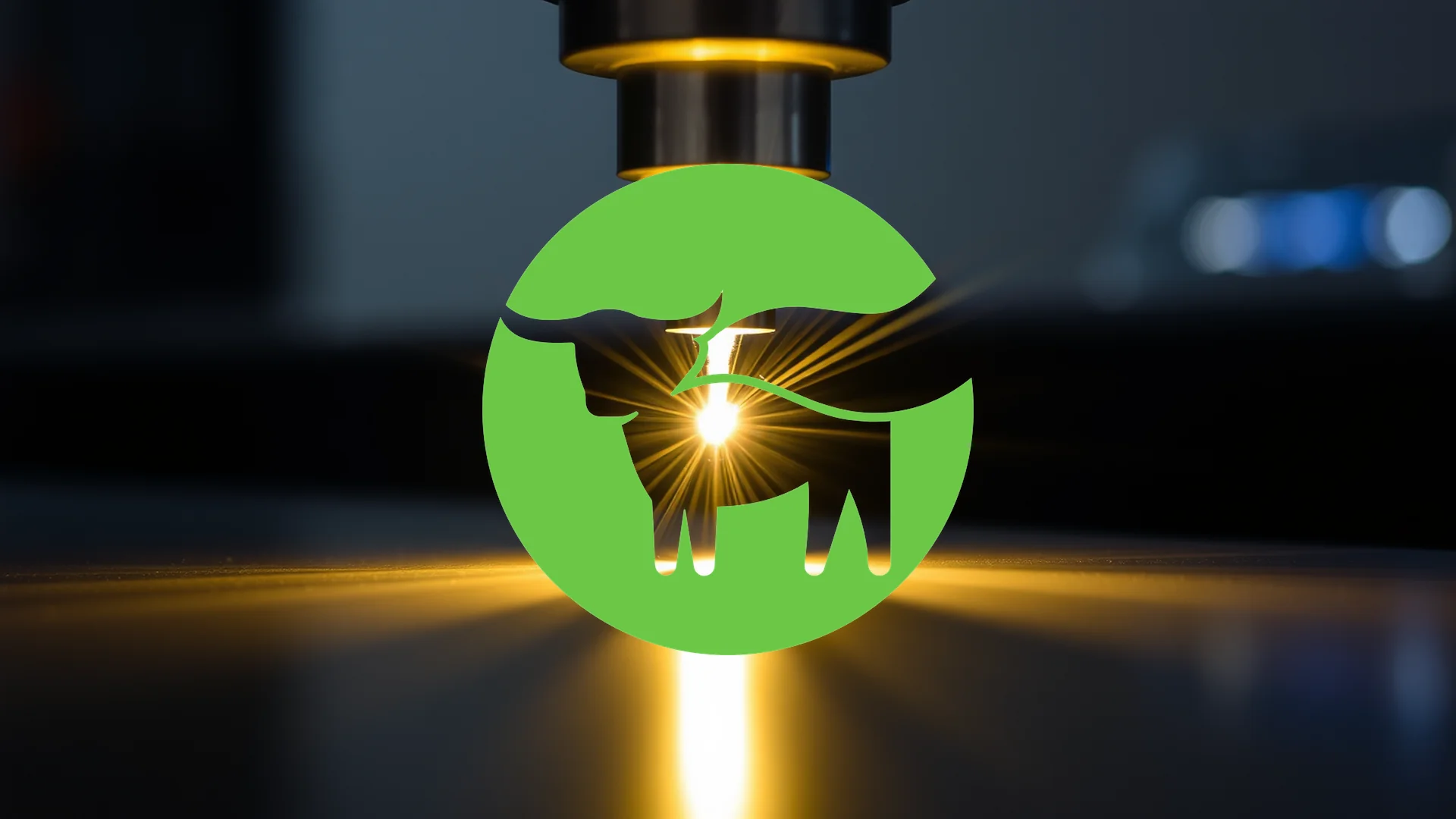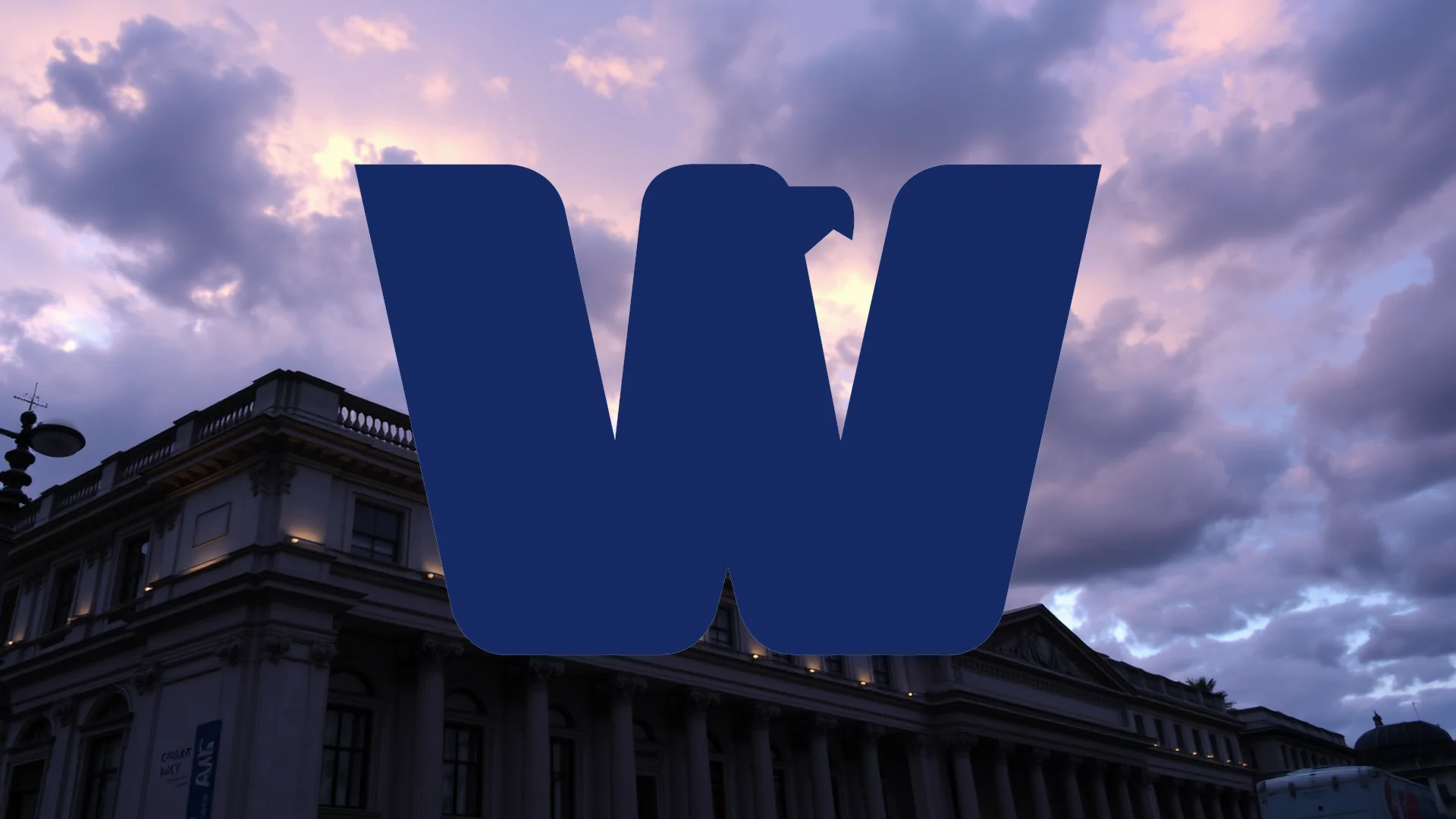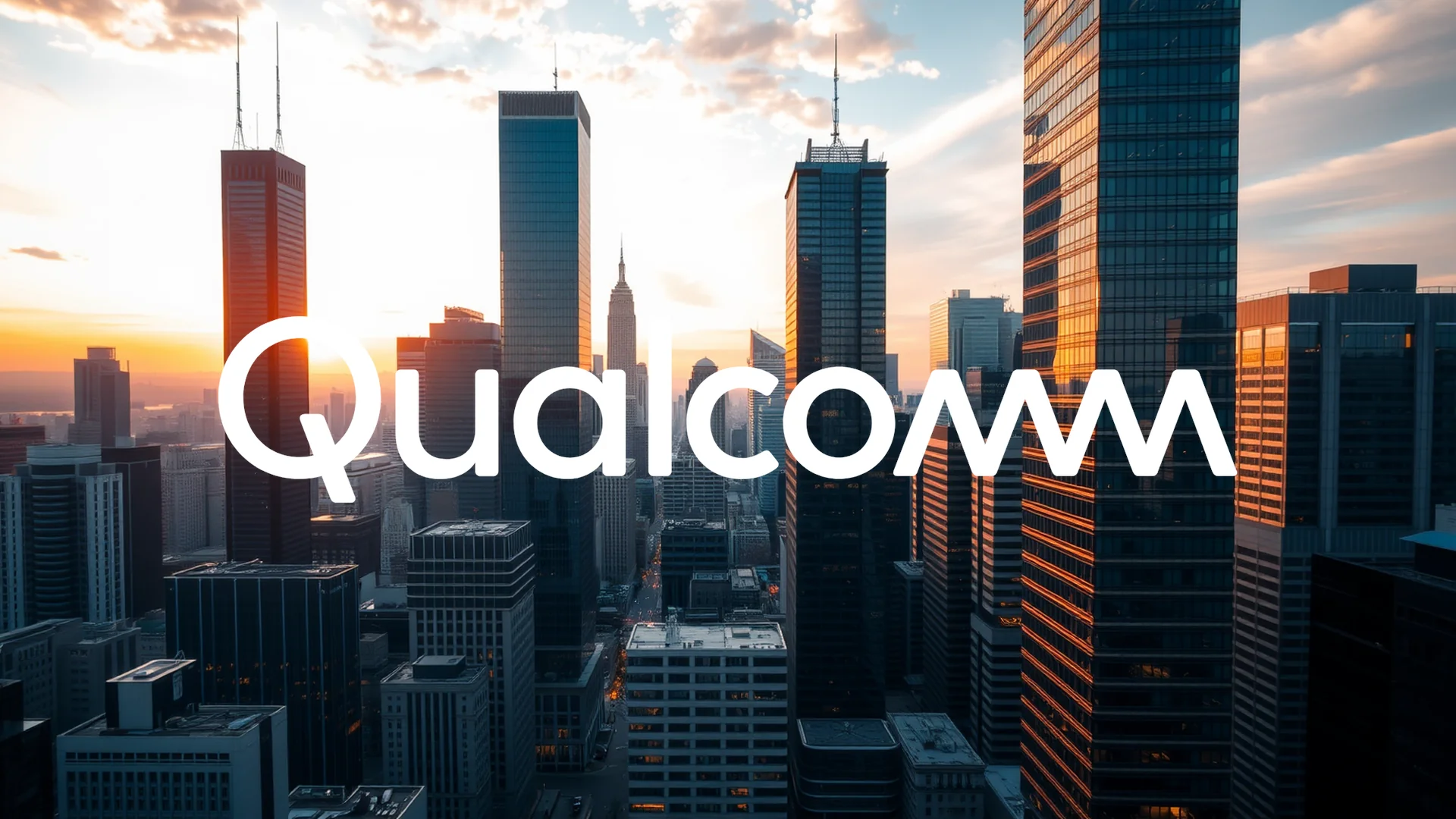Oracle Corporation’s latest earnings report ignited a firestorm of market activity, delivering one of the most dramatic single-day rallies in its history, only to be followed by a swift and significant two-day sell-off. The catalyst for this extreme volatility wasn’t the company’s recent performance, but rather a single, staggering forward-looking projection centered on its artificial intelligence and cloud computing ambitions.
The Spark: Unprecedented Contract Backlog
The software giant’s results for its fiscal first quarter of 2026 slightly missed analyst expectations. However, that detail was entirely overshadowed by a jaw-dropping metric that captured Wall Street’s immediate attention. The company’s Remaining Performance Obligations (RPO)—a measure of contracted future revenue—skyrocketed by an astonishing 359% year-over-year to reach $455 billion.
This monumental surge in secured future earnings was attributed to four separate multi-billion dollar contracts secured within the quarter. The scale of these deals sent a powerful signal to investors that Oracle is emerging as a formidable contender in the high-stakes race for AI and cloud infrastructure dominance.
A Historic Rally Meets Profit-Taking Reality
The market’s initial reaction was emphatic. On Wednesday, Oracle’s stock price catapulted upward by 36%, marking its most significant single-day gain since 1992. This surge propelled the company’s market capitalization beyond $922 billion, creating a palpable sense that a new growth era was beginning.
Should investors sell immediately? Or is it worth buying Oracle?
The euphoria, however, proved to be short-lived. By Thursday, a wave of profit-taking emerged, driving the share price down by 6.2%. The decline accelerated into Friday with an additional 5% drop, culminating in a two-day total loss of over 11%. The explosive rally had, for the time being, run out of steam.
Dissecting the Core Financial Drivers
Beyond the headline-making volatility, several key projections and figures underpinned the market’s fervent reaction:
- Secured Future Revenue: A record $455 billion in Remaining Performance Obligations, representing a 359% annual increase.
- Cloud Revenue Growth: Cloud services revenue for the quarter climbed 28% to $7.2 billion.
- Explosive Growth Forecast: Oracle Cloud Infrastructure (OCI) revenue is projected to grow 77% in the current fiscal year, reaching $18 billion.
- Long-Term Ambition: The company is targeting $144 billion in annual OCI revenue within the next five years.
- Substantial Capital Outlay: To support this expansion, Oracle has committed to $35 billion in capital expenditures for data center development.
The Analyst Perspective: A Long-Term Bet on AI
Despite the sharp pullback, many Wall Street firms reaffirmed their confidence in Oracle’s long-term trajectory. Analysts at Melius Research and Jefferies raised their price targets to $370 and $360 per share, respectively, indicating a belief that the fundamental growth story remains intact. The recent price action, however, has elevated Oracle’s valuation to a premium level, with its shares now trading at a price-to-earnings (P/E) ratio of approximately 45.3.
The critical question for investors now is whether this sell-off represents a healthy consolidation after an overheated advance or if the market is beginning to price in the significant execution risk associated with Oracle’s immensely ambitious growth targets. The coming trading sessions will determine if the bulls can regain control or if the period of profit-taking has further to run.
Ad
Oracle Stock: Buy or Sell?! New Oracle Analysis from December 20 delivers the answer:
The latest Oracle figures speak for themselves: Urgent action needed for Oracle investors. Is it worth buying or should you sell? Find out what to do now in the current free analysis from December 20.
Oracle: Buy or sell? Read more here...










